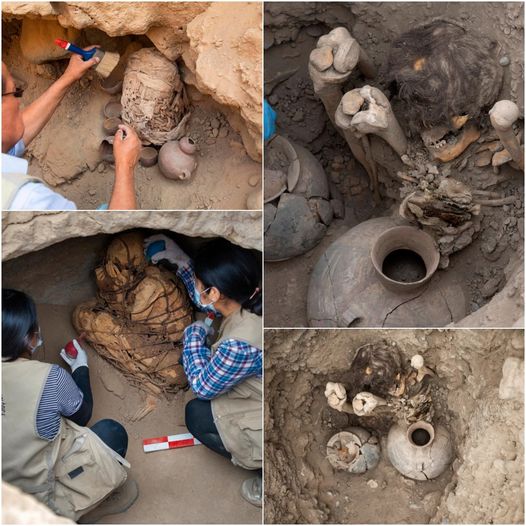As autumn approaches, the natural world transforms into a breathtaking canvas of vibrant hues. One of the most captivating aspects of this seasonal spectacle is the emergence of colorful trees. From the fiery reds of maples to the golden yellows of birches and the deep purples of sweetgums, these arboreal wonders create a visual symphony that enchants our senses. In this blog post, we'll delve into the mesmerizing world of colorful trees, exploring the science behind their transformation, the ecological significance, and the profound connection between humans and these living artworks.
- Unleashing the Power of Color: New York Artist Transforms Images into Seductive Masterpieces of Rainbow
- When Nature Assumes a Human Form: The Enigmatic Branches
The Science of Colorful Trees

The transformation of trees into brilliant shades of red, orange, yellow, and purple during the fall season is a result of a complex chemical process. At the heart of this transformation are pigments, specifically chlorophyll, carotenoids, and anthocyanins. Chlorophyll, responsible for the green color in leaves, plays a pivotal role in photosynthesis during the spring and summer. However, as daylight diminishes and temperatures drop in the fall, trees slow down their chlorophyll production, revealing the other pigments that were previously masked.
Carotenoids, which produce yellow and orange colors, are always present in leaves but become more visible as chlorophyll breaks down. The magical touch, though, is added by anthocyanins. These water-soluble pigments create the stunning red and purple hues in leaves. Their production is influenced by various factors, including sunlight exposure, temperature fluctuations, and genetic traits of the tree species.
The Ecological Significance

The vibrant display of colorful trees is not just a feast for the eyes; it also carries ecological significance. One key aspect is the role of fallen leaves in nutrient recycling. As leaves drop from the trees, they decompose and return essential nutrients to the soil. This enriches the ecosystem and supports the growth of future generations of trees and plants.
Furthermore, the stunning transformation of leaves serves as a visual cue for animals and insects. Many creatures, such as birds and butterflies, rely on these changes as a signal to prepare for migration or hibernation. The availability of food and shelter provided by colorful trees is crucial for their survival.
Human Connection with Colorful Trees

Beyond their ecological importance, colorful trees hold a special place in the hearts of humans. The annual ritual of leaf-peeping, where people travel to witness the fall foliage, has become a beloved tradition in many parts of the world. It's a testament to our deep connection with nature and our innate appreciation for beauty.
Colorful trees also inspire creativity and artistry. Artists, photographers, and writers often draw inspiration from the vivid palette that nature offers during the fall season. The poetic descriptions of autumn's splendor in literature and the breathtaking photographs captured by skilled photographers all attest to the profound impact of colorful trees on our culture.
Natural Conservation

While we revel in the beauty of colorful trees during the fall season, it's crucial to recognize the importance of conserving these natural wonders. Climate change poses a significant threat to the delicate balance that allows trees to undergo their stunning transformation. Warming temperatures and altered weather patterns can disrupt the timing of leaf color changes and even endanger tree species.
In our efforts to combat climate change, it is essential to protect and preserve our forests. Sustainable forestry practices, reforestation efforts, and reducing our carbon footprint are all steps we can take to ensure that future generations will continue to experience the magic of colorful trees.
See more:










